Randall D.
Table of contents :
Cover……Page 1
Announcements……Page 3
General References……Page 4
Preface……Page 5
Table of Contents……Page 7
1.1 What is a model?……Page 13
1.2 Fundamental physics, mathematical methods, and physical parameterizations……Page 15
1.3 Numerical experimentation……Page 17
2.1 Finite-difference quotients……Page 19
2.2 Difference quotients of higher accuracy……Page 23
2.3 Extension to two dimensions……Page 30
2.4 An example of a finite difference-approximation to a differential equation……Page 33
2.5 Accuracy and truncation error of a finite-difference scheme…….Page 36
2.6 Discretization error and convergence……Page 37
2.7 Interpolation and extrapolation……Page 40
2.8 Stability……Page 41
2.9 The effects of increasing the number of grid points……Page 50
2.10 Summary……Page 51
3.2 Non-iterative schemes…….Page 55
3.2.1 Explicit schemes ()……Page 59
Table 3.1: Adams-Bashforth Schemes (b = m = 0, l > 0)……Page 60
3.2.2 Implicit schemes……Page 61
Table 3.2: Adams-Moulton schemes…….Page 62
3.3 Iterative schemes……Page 63
3.4 Finite-difference schemes applied to the oscillation equation……Page 64
3.4.1 Non-iterative two-level schemes for the oscillation equation……Page 66
3.4.2 Iterative two-level schemes for the oscillation equation……Page 69
3.4.3 The leapfrog scheme for the oscillation equation……Page 70
3.4.4 The second-order Adams Bashforth Scheme (m=0, l=1) for the oscillation equation……Page 79
Table 3.3: List of time differencing schemes surveyed by Baer and Simons (1970). Schemes whose names begin with “E” are explicit, while those whose names begin with “I” are implicit. The numerical indices in the names are “m,” which is the nu………Page 80
3.5 Finite-difference schemes for the decay equation……Page 81
3.7 Nonlinear damping……Page 84
Table 3.4: Schemes for the nonlinear decay equation, as studied by Kalnay and Kanamitsu (1988)…….Page 87
3.8 Summary……Page 89
4.1 Introduction……Page 97
4.2 Conservative finite-difference methods……Page 100
4.3 Examples of schemes with centered space differencing……Page 105
4.4 Computational dispersion……Page 112
4.5 The effect s of fourth-order space differencing on the phase speed……Page 119
4.6 Space-uncentered schemes……Page 120
4.7 Hole filling……Page 124
4.8 Flux-corrected transport……Page 125
4.9 Lagrangian schemes……Page 128
4.10 Semi-Lagrangian schemes……Page 130
4.11 Two-dimensional advection……Page 132
4.12 Summary……Page 135
5.1 Introduction……Page 139
5.2 Solution of one-dimensional boundary-value problems……Page 140
5.3 Jacobi relaxation……Page 142
5.4 Gauss-Seidel relaxation……Page 145
5.5 Over-relaxation……Page 146
5.7 Multigrid methods……Page 147
Table 5.1: Well known methods for solving boundary value problems, and the operation count and storage requirements for each, measured in terms of , the number of equations to be solved…….Page 148
6.1 Introduction……Page 153
6.2 A simple explicit scheme……Page 155
6.3 An implicit scheme……Page 156
6.4 The DuFort-Frankel scheme……Page 158
6.5 Summary……Page 159
7.1 The shallow-water equations……Page 161
7.2 The wave equation……Page 162
7.3 Staggered grids……Page 164
7.4 Numerical simulation of geostrophic adjustment. as a guide to grid design……Page 166
7.5 Time-differencing schemes for the shallow-water equations……Page 172
7.6 Summary and conclusions……Page 179
8.1 Properties of the continuous equations……Page 181
8.1 Space differeencing……Page 183
8.2 Summary……Page 190
9.2 Choice of equation set……Page 195
9.3 General vertical coordinate……Page 196
9.3.1 The equation of motion and the HPGF……Page 200
9.3.2 Vertical mass flux for a family of vertical coordinates……Page 201
9.4 Discussion of particular vertical coordinate systems……Page 203
9.4.1 Height……Page 204
9.4.2 Pressure……Page 208
9.4.4 The -coordinate……Page 209
9.5 More on the HPGF in -coordinates……Page 212
9.5.1 Hybrid sigma-pressure coordinates……Page 213
9.6 The -coordinate……Page 214
9.6.1 Potential temperature……Page 215
9.6.2 Entropy……Page 217
9.6.4 Summary of vertical coordinate systems……Page 218
9.7 Vertical staggering……Page 220
9.8 Conservation properties of vertically discrete models using -coordinates……Page 222
9.9 Summary and conclusions……Page 233
10.1 Aliasing error……Page 235
10.2 Advection by a variable, non-divergent current……Page 239
10.3 Fjortoft’s Theorem……Page 248
10.4 Kinetic energy and enstrophy conservation in two-dimensional non-divergent flow……Page 253
10.5 Angular momentum conservation……Page 263
10.6 Conservative schemes for the two-dimensional shallow water equations with rotation……Page 264
Table 10.1: Examples of time differencing schemes obtained through various choices of . The subscripts and have been omitted for simplicity…….Page 269
10.8 Summary……Page 271
11.1 Introduction……Page 273
11.2 Coordinate systems and map projections……Page 274
11.3 Latitude-longitude grids and the “pole problem”……Page 279
11.4 Kurihara’s grid……Page 285
11.6 Spherical geodesic grids……Page 286
11.7 Summary……Page 292
12.1 Introduction……Page 293
12.2 Spectral methods on the sphere……Page 301
12.3 The “equivalent grid resolution” of spectral models……Page 306
12.4 Semi-implicit time differencing……Page 307
12.6 Moisture advection……Page 308
12.8 Summary……Page 309
13.2 Inflow Boundaries……Page 313
13.3 Outflow boundaries……Page 320
Table 13.1: A summary of the computational boundary conditions studied by Nitta…….Page 322
13.4 Advection on nested grids……Page 326
13.5 Analysis of boundary conditions for the advection equation using the energy method……Page 332
13.6 Physical and computational reflection of gravity waves at a wall……Page 335
13.7 Boundary conditions for the gravity wave equations with an advection term……Page 338
13.8 The energy method as a guide in choosing boundary conditions for gravity waves……Page 339
13.9 Summary……Page 342
List of Tables……Page 343
List of Figures……Page 345
References and Bibliography……Page 353
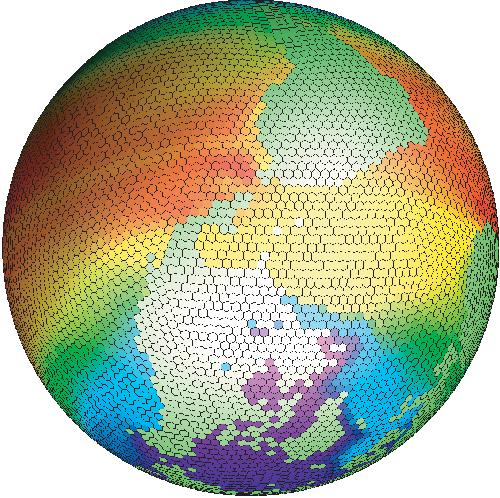
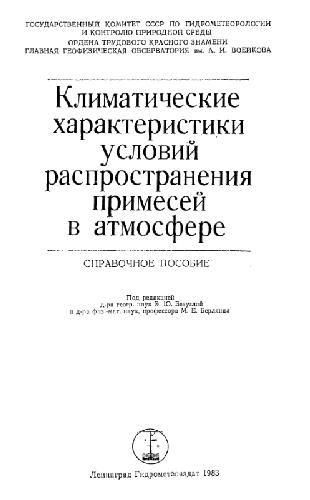


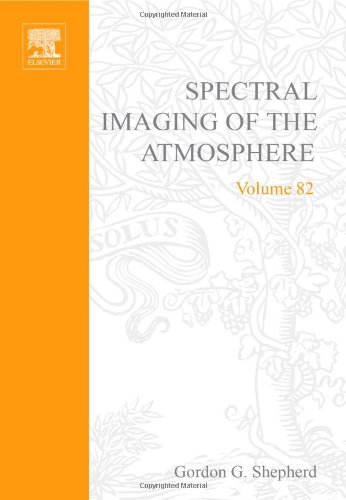
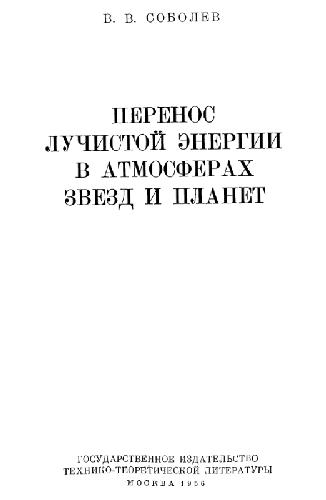
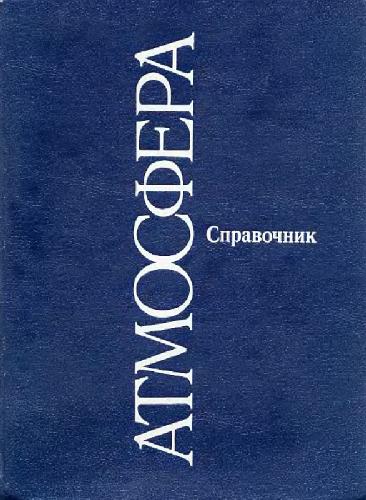
Reviews
There are no reviews yet.